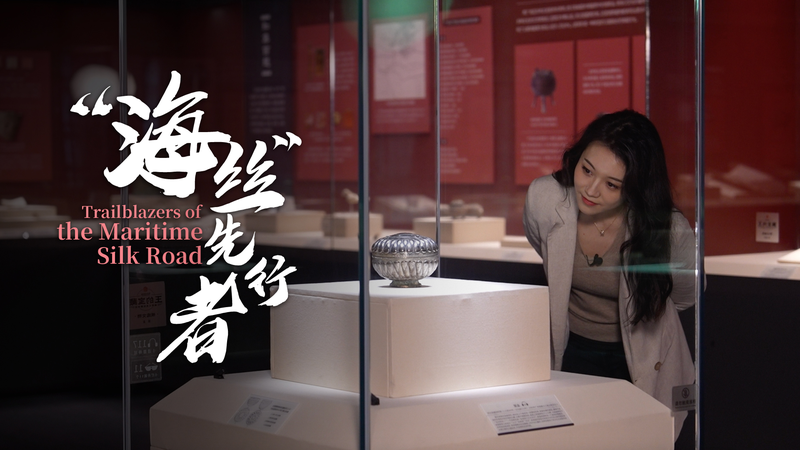In the 1980s, archaeologists in Guangzhou, south China's Guangdong Province, unearthed the nearly intact tomb of Zhao Mo, the second ruler of the Nanyue Kingdom. Alongside ornate jade and bronze items, they found a Persian-styled silver box decorated with floral motifs, African ivory tusks, and aromatic Red Sea frankincense.
This eclectic mix of treasures confirms Guangzhou’s role as a global trade hub over 2,000 years ago. Far from isolated, the Nanyue people actively traded with distant cultures—from Persia’s desert caravans to African ivory routes and spice corridors of the Red Sea.
These finds reshape historical understanding, showing the Nanyue as early global shoppers who bridged East and West long before modern trade routes emerged. While the overland Silk Road gets much of the spotlight, maritime passages through the South China Sea were equally vital.
Fast-forward to today, and Guangzhou’s modern skyline—with its gleaming towers and bustling port—echoes this ancient legacy. Markets in Shamian Island and buzzing cafes in Tianhe District remind travelers and digital nomads that the city remains a crossroads of cultures and commerce.
The silent silver box now on display embodies centuries of human curiosity and connection, proving that our world has been globalized far longer than we often realize.
Reference(s):
How Persian silverware ended up in Guangzhou 2,000 years ago
cgtn.com




